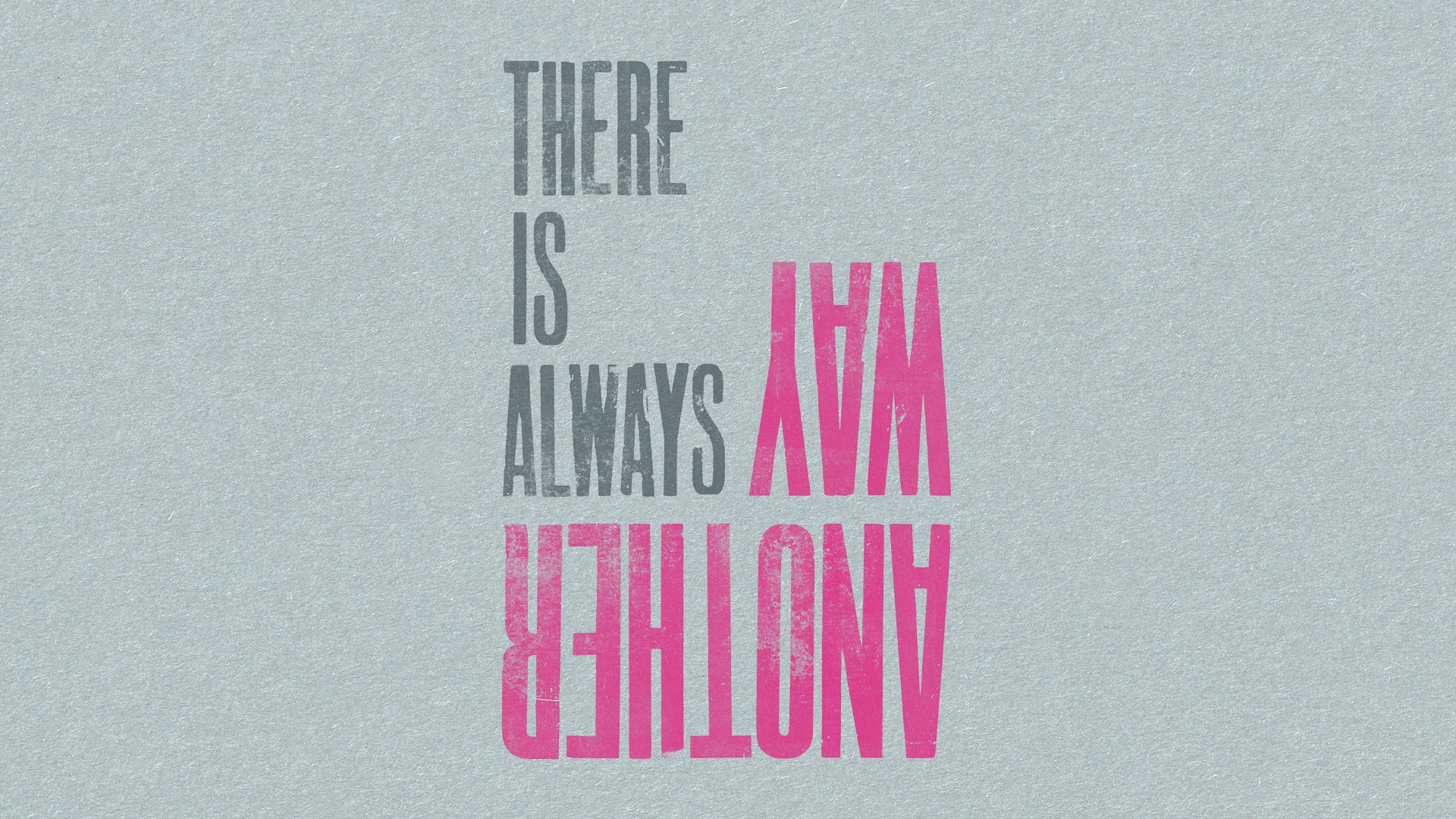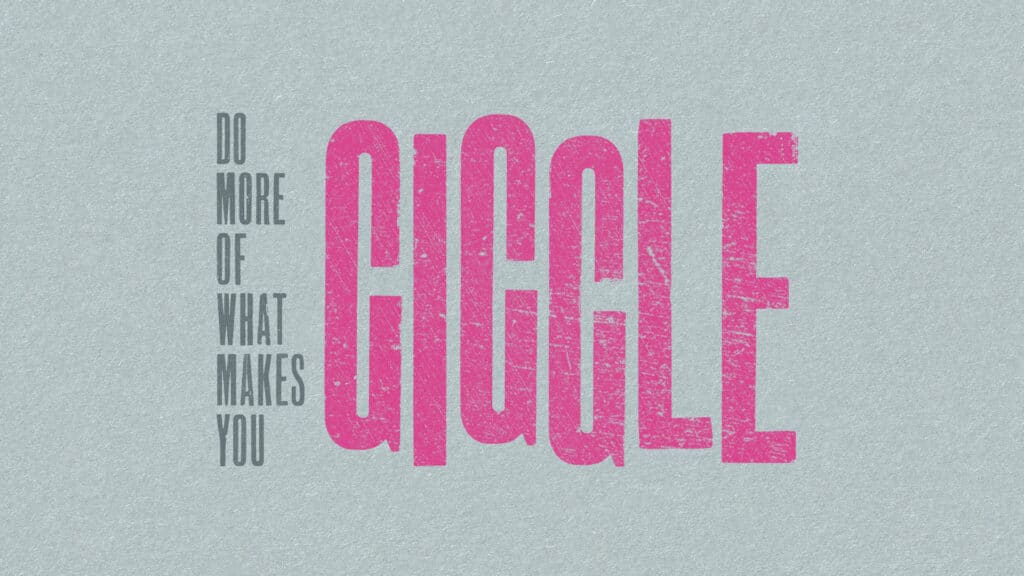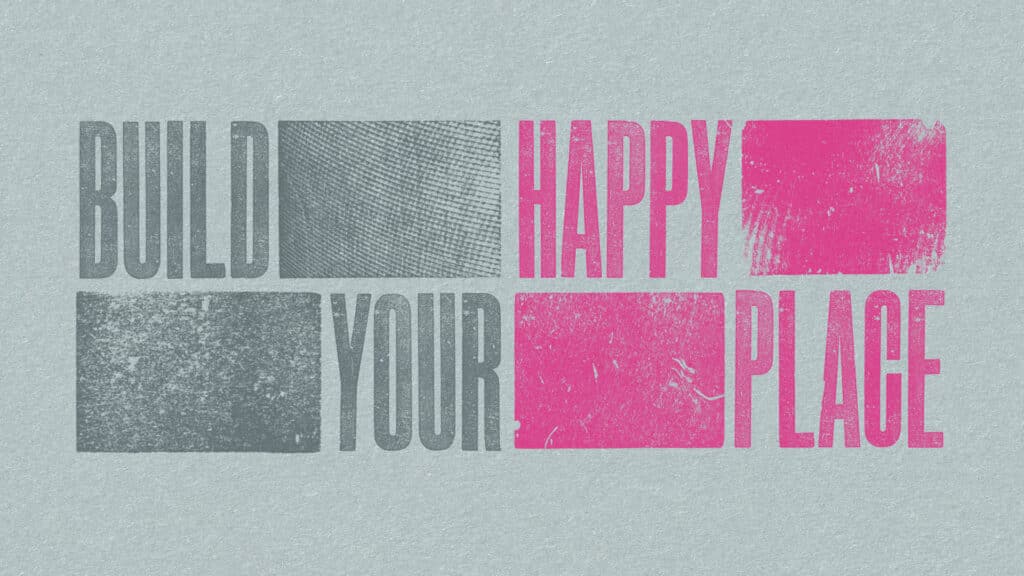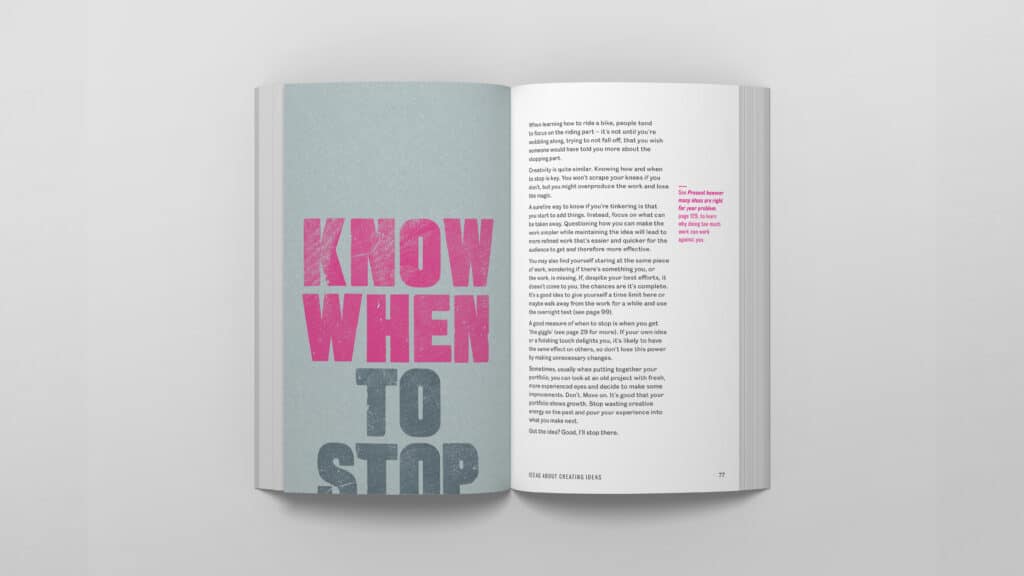Ideas and how to have, sell and protect them

A new book by Martin Homent, Citi’s in-house creative director, brings together his decades of experience in a compendium of more than 70 “tips, tricks and principles to help you create great work every day”
Over a long creative career, you learn a thing or two: Martin Homent, creative director at Citi, has decided to bring some of his accumulated knowledge together in a new book. Ideas About Creating Ideas is a compendium of more than 70 “tips, tricks and principles to help you create great work every day”. Each spread features a different piece of advice on everything from coming up with ideas – and selling them – to protecting your mental health, collaborating with others and the importance of creative pursuits outside of the day job. IHALC spoke to Martin about why he wrote the book and how its lessons can be applied in-house.
In-House Agency Leaders Club (IHALC): What was the impetus for doing the book?
Martin Homent (MH): During one week, in my calendar I had a mentoring session with a group of young filmmakers, a talk about careers and getting into the creative industry, and I was also invited onto a podcast to talk about my career. So looking at all of these things in the diary, I thought, I’d better get prepared. What am I going to talk about? What am I going to tell these young filmmakers? What am I going to talk about in terms of my career?
So I just started to write notes and put down some ‘pearls of wisdom’ – principles that I’ve picked up along the way that might be useful to other people. At the end of the first day, I had 10 things, then 20. And then it just kept going until I had so many I thought ‘this is a book’.
IHALC: How would you describe the format of the book and how you hope people use it?
MH: It’s a creative companion, not just for young creatives, not even just for experienced people like myself reminding me of what’s important about creativity, but also something that could work quite well for clients to help them understand what makes creatives tick.
It’s a ‘dip in and out’ book – that’s how I’ve designed it. There are lots of mini pep talks, with 73 principles or insights and bits of advice. And it just gives you a little something every day, something to get you thinking, to get your brain working. It covers everything from overcoming creative barriers to selling work, mental health. There’s a little bit on many things.

IHALC: You talk a lot in the book about the value of pursuing creative pursuits outside of work. What is the value of having that creative life beyond your job?
MH: Creativity is who you are, not just what you do. All of us have creativity within us. So there’s stuff in here that can help people who don’t necessarily think of themselves as creative. But also, creativity isn’t just what you do when you’re working for that agency, or for that brand, that business. Your creativity is your entire life. So there’s stuff in here to give you a bit of a nudge, a bit of support, a bit of realisation that the work of your life might not be for the agency or brand that you’re working for. It took me a long time to realise that. But having that other outlet also does wonders for your day job.
IHALC: What’s your advice for ensuring creative teams within a corporate environment have the right conditions in which to thrive?
MH: Something that I’ve talked about a lot is helping other people see that creativity is not a desk job. So creativity is at its busiest when people look like they’re the least busy. It’s requires sitting and thinking, which isn’t easy when you are in an open-plan corporate office. A lot of my job is making sure that our creative teams feel safe in finding the places where they want to go and work. Hybrid working helps with that, because it carves out that opportunity for you to be in your own space where you can prioritise thinking time, without getting interrupted.
IHALC: You’re also a strong believer in creatives presenting their work to clients or stakeholders. Can you explain more?
MH: That section of the book is a bit of a rallying cry for all creatives, because I know that a lot of creative people tend to not like that bit. They like to be in their world, make their thing, and off it goes into the system. I used to be one of them. But after I was asked to do a pitch once, I started to think, what happens if I’m not the one presenting the work, if somebody else is in that room talking about my work? Are they going to be able to set it up in the right way, are they going to be able to talk about it in the way that I can, with the passion I have? Are they going to be able to defend it?
Suddenly, not doing it was scarier than me having to stand up in front of people. And it’s something that I encourage in every single creative, because it can mean getting outside of their comfort zone. The closer connection you’ve had to the client in sharing and selling your work, the more likely it is that the client will understand what you’re doing, get the energy of it from you, but also want to build a collaboration with you. It needs to be a collaborative thing. It’s not a transactional thing. Don’t make it transactional.

IHALC: What about the need for constraints in order to stimulate creativity?
MH: This is something that I’ve said for years: if you want to think outside the box, make sure there is a box. Creativity needs constraints, problems, issues. Talk about those problems with your creative team, then they’ll give you something back that you just never thought possible.
IHALC: And being in-house, you get to hear about problems, and possible solutions, in a way the agencies don’t?
MH: That’s super important because, in-house, we deal with a lot of different clients on different levels. In an agency, a lot of the problems faced by a business get filtered through the strategy team and the brief so that the creatives don’t see them. In-house provides a wonderful opportunity of being close to your clients – literally, because you sit next to them all the time. You can be a bit of an observer of what’s going on. You can pick up on some of the chatter, see the problems and therefore the opportunities.
Nobody likes to talk about problems because it’s scary, isn’t it? They get reframed with the word ‘challenge’. But I get more excited about problems than anything else. That’s where the opportunities for true, valuable creativity lie. Being close to your clients so you actually understand the bigger business problems for me is the superpower of creatives in-house. You can turn every problem into a creative opportunity. And creativity is the most valuable asset in business, because it gives you a competitive advantage like nothing else.

Ideas About Creating Ideas is available via Martin Homent’s website, martinhoment.art
